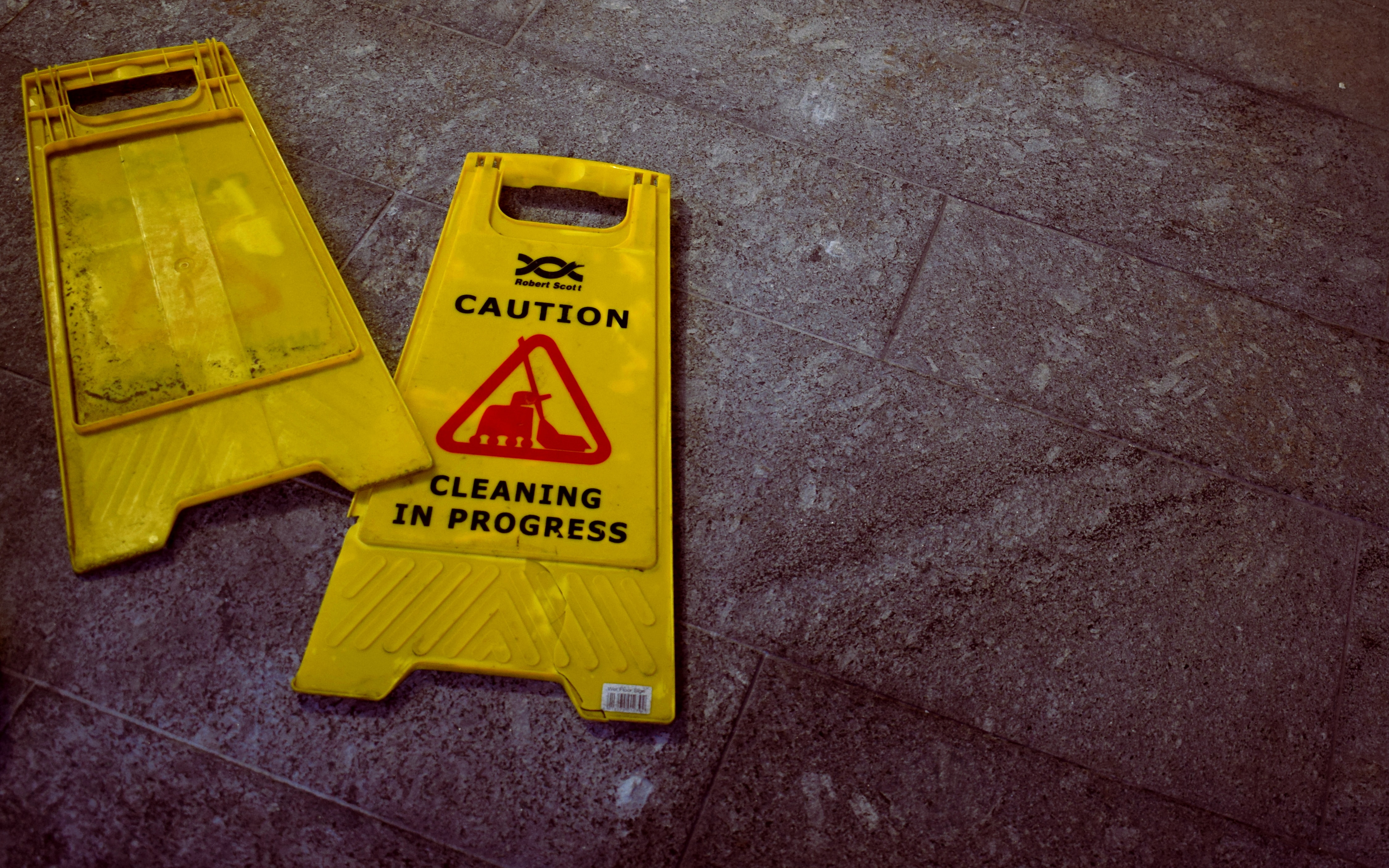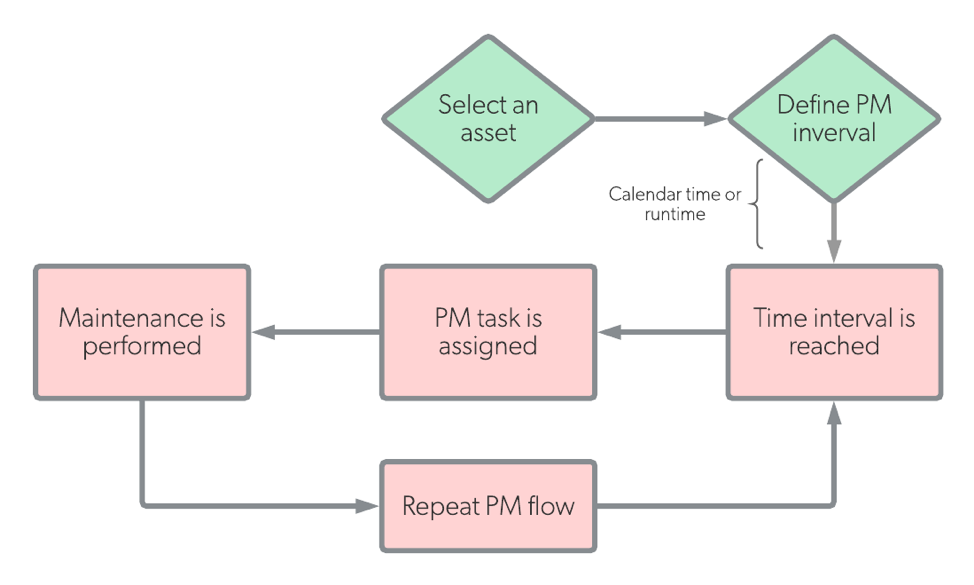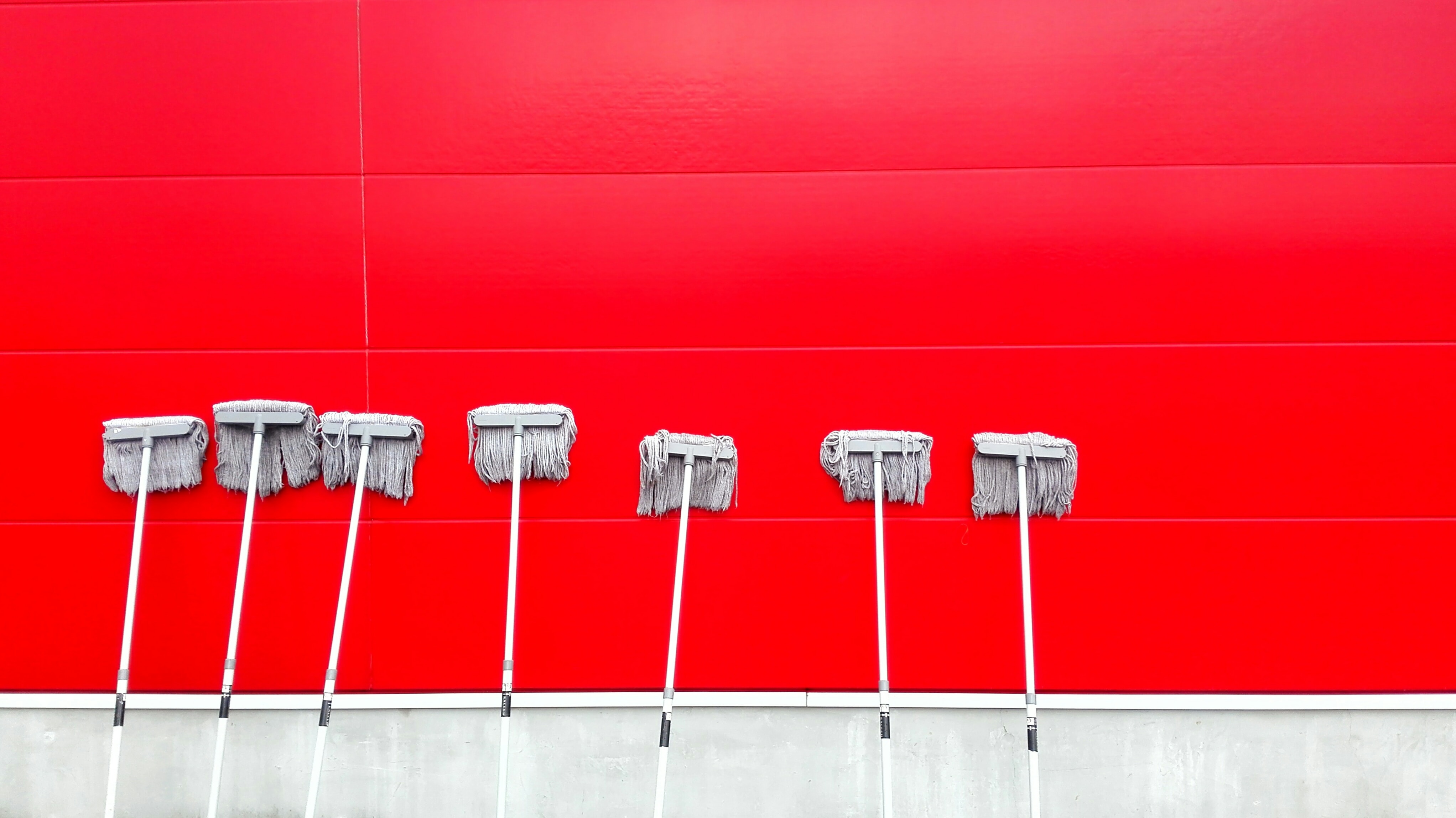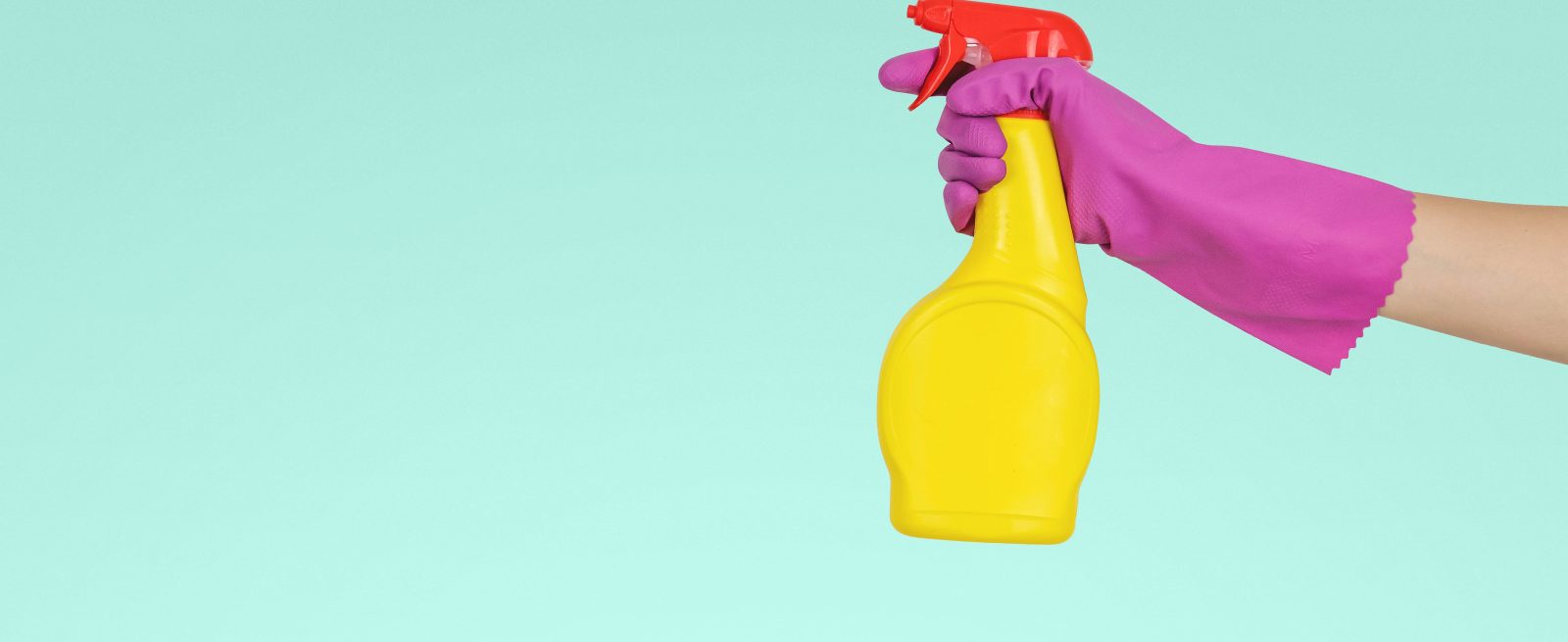The Best Maintenance Plan For Your Restaurant
3 Min Read By Warren Wu
Restaurant ownership is a careful balance of the kitchen and staff working to provide a wholly unique experience to diners. When one of the cornerstones of your business is the vast array of appliances and tools at your disposal, it's critical that you take the time to determine the best ways to maintain them to keep operations running it perfect order.
So, what kinds of maintenance do you have to choose from as a restaurant owner?
Maintenance plans essentially boil down into two main categories: Proactive and Reactive.
Proactive maintenance includes scheduled maintenance, preventative maintenance, and any repairs that are performed to keep a machine in working order prior to breakdown. Reactive maintenance, on the other hand, is maintenance that is performed after an appliance has reached a critical state or breaks down altogether.
To decide which maintenance plan works best for you, it's important to understand which assets in your restaurant are considered high-value versus lower value. This doesn't just include cost, but traffic to and from said appliance over the course of the day. For example, a refrigerator that stores nearly all of your ingredients would likely rank near the top, while something like a sous vide circulator used for only one or two dishes on your menu would be considered less important.

After ranking each appliance this way, you can then look at how much each appliance costs compared to how much maintenance would have to be performed. If a replacement appliance is pricier, a more proactive maintenance plan is typically called for. If its cost is cheaper and its operational value is not as critical, reactive maintenance would typically save more money compared to the appliance’s income.
In short, your rankings should take these three questions into account:
- How much does the appliance cost?
- What impact would this appliance breaking down have on my business?
- How often does this appliance require maintenance?
When you've finished asking yourself these questions for each asset and setting up a working rank for each appliance, you can begin setting up a preventative maintenance schedule for yourself. The most challenging aspect is each asset requires unique measures and time periods between maintenance. When you first begin a maintenance schedule, start with a calendar-based preventative maintenance program. As you gain data from your maintenance history, you'll be able to optimize the schedule to save on unnecessarily spent time and cost.

In this workflow, you can see exactly how easy it is to implement a preventive maintenance schedule to an asset.
The first step is to determine how often the maintenance itself is performed. Then, you'll need to define the tasks you'll want the technician to do. This can vary from a visual inspection to an oil change depending on the asset. After the maintenance is performed, the schedule repeats itself. Regular maintenance typically reveals any other issues that may potentially arise, so the technician can suggest repairs that need to be made before the asset breaks down.
In some cases, moving to reactive maintenance is more cost-effective than keeping a rapidly aging appliance in use. Constant repairs on even the most important equipment will start becoming too expensive in and of itself. In this scenario, you may decide to let it finally run to breakdown and replace it. A keen eye on your maintenance history will also help determine how often you should set your preventative measures. Running proactive maintenance too often on an appliance can quickly and unnecessarily overwhelm your budget, which could lead you to falsely assume that your repair costs are outweighing its earnings and switch to reactive maintenance far too soon.

In the long run, restaurant owners know that the best maintenance plan for their appliances is a weighted combination of proactive and reactive maintenance. You can simplify this plan by using a quality CMMS system to track your preventive maintenance schedules. A CMMS system also provides insights on depreciation and when to replace the equipment completely rather than continuing to perform additional maintenance.
With your appliance ranking in mind, you can begin building a comprehensive plan for keeping all of your restaurant's equipment in top shape. Remember that you must keep the plan adaptable, rather than set in stone as new dishes fall in and out of favor with your customers. Now, it's your turn to build the best maintenance plan to suit your needs as a restaurant owner.


